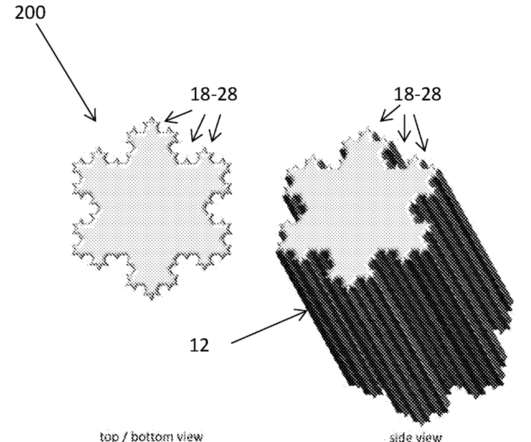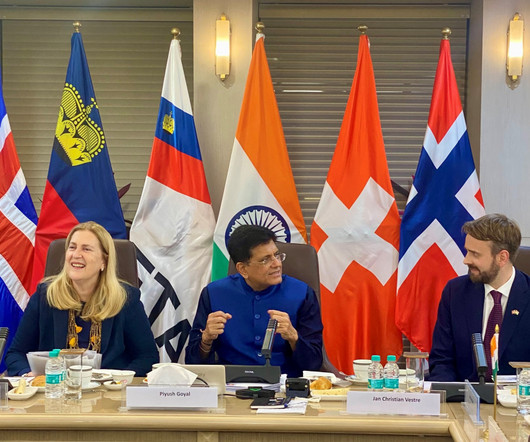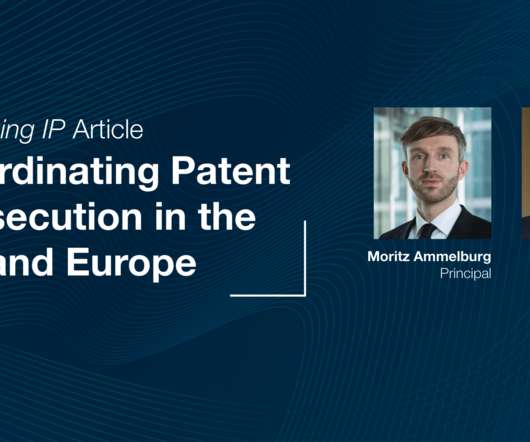Intellectual Property Rights in the Age of Artificial Intelligence: Navigating Challenges and Seizing Opportunities
IIPRD
JUNE 13, 2024
Abstract This paper delves into the profound integration of artificial intelligence (AI) into contemporary life and its impact on intellectual property rights (IPR). Analyzing the convergence of AI and IPR laws, it elucidates the challenges and ambiguities in recognizing AI as inventors or creators.















Let's personalize your content